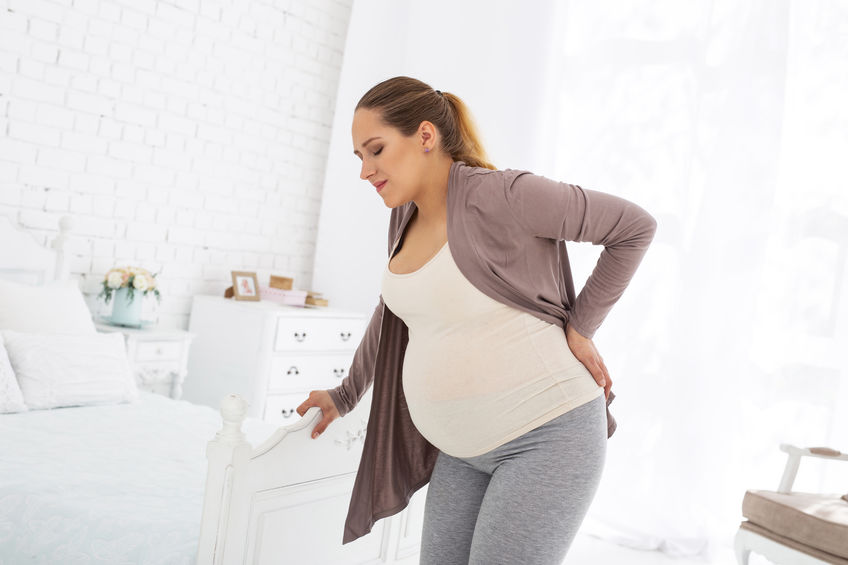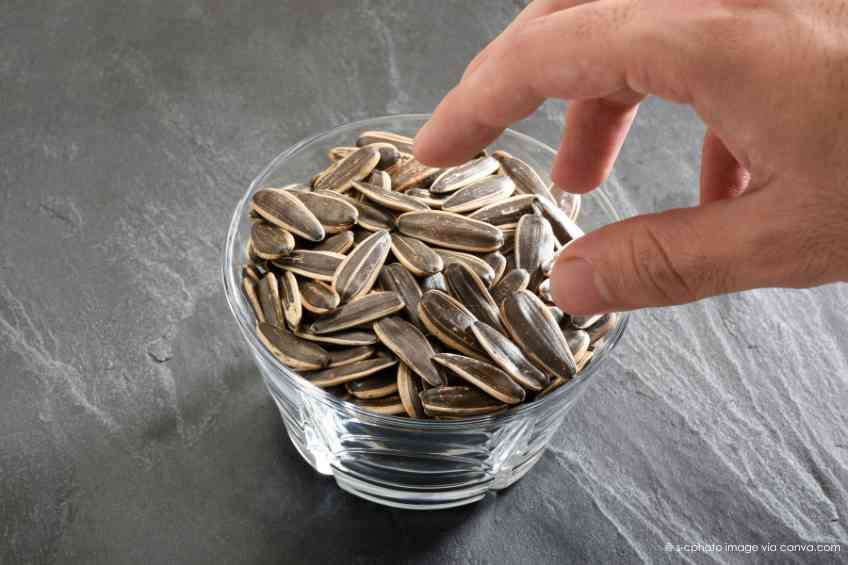The Skinny
Having a baby is a wonderful experience filled with joy and anticipation. Unfortunately, it is also a physically challenging and draining time for many women. Changes to their bodies can result in a host of strains and problems. Suzanne Ausnit, founder of the Feldenkrais-based movement therapy service Move2Live, has identified three common and critical problems pregnant women face. Just as important, she has offered up ways to help alleviate these problems and make pregnancy filled with more joy and less discomfort.
The Slate
Back Problems
No one is keeping score, but back pain may be the leading cause of discomfort for pregnant women. It occurs because body ligaments become softer and begin to stretch in preparation for labor. This puts additional strain on the lower back and pelvis. Obviously, the extra weight in the uterus as the baby grows and the enlarged hollow in the lower back only add to the problem.
Relief? Countering back pain includes a list of dos and don’ts. Start with not lifting heavy objects, avoid wearing high heels, try not to slouch when sitting, avoid twisting your spine when turning and don’t sit or stand for long periods. On the should-do side, get enough rest, make sure your mattress is firm, wear flat shoes that allow body weight to be evenly distributed and make sure to bend at the knees picking anything up.
Certain activities and treatments also may help ease back pain. These include aquarobics (gentle exercise in water), acupuncture, massage, hot packs and staying active with gentle and appropriate exercises like walking.
Swollen Feet And Ankles
Swelling is a very common and uncomfortable problem. It occurs because women produce more blood during pregnancy to help their babies grow and as they grow in the womb, the uterus starts to press and slightly block the veins that allow blood to easily return from a person’s legs to their heart. The bottom line is that feet and ankles swell, which is uncomfortable although not necessarily dangerous.
What’s the remedy? Avoid standing for long periods without moving, elevate feet as much as possible, limit salty foods, exercise regularly by walking or swimming which helps improve circulation and consider wearing compression stockings. These can help the blood flow back to the heart. Also, consider sleeping on your left side because that will aid blood returning to the heart.
Incontinence
Women often face problems with incontinence both during and after pregnancy, which can result in sudden spurts or small leaks of urine tied to any sudden movement like a cough, laugh or sneeze. Sometimes this can occur just by changing positions like sitting up. Chances are this is a temporary condition caused by the muscles around the pelvic floor relaxing in preparation for a baby’s birth. The pelvic floor muscles surround the bladder which is why they affect leakage.
Solutions: There are various practices and exercises that can help. In fact, the Australian site Pregnancy, Birth and Baby outlines some of these through detailed descriptions and videos. Ultimately, regaining support of pelvis core muscles takes work and focus. However, being proactive is critical.
Some suggestions include trying to squeeze and hold pelvic floor muscles before sneezing, coughing of lifting anything. Also, focus on entirely emptying your bladder when going to the toilet and avoiding any exercise or activities that include bouncing. For more detailed descriptions on exercises to strengthen this muscles visit Move2Live and Pregnancy, Birth and Baby.
Eyes Up
Have other suggestions for dealing with these or other issues? Please let us know at info@wellwellusa.com













